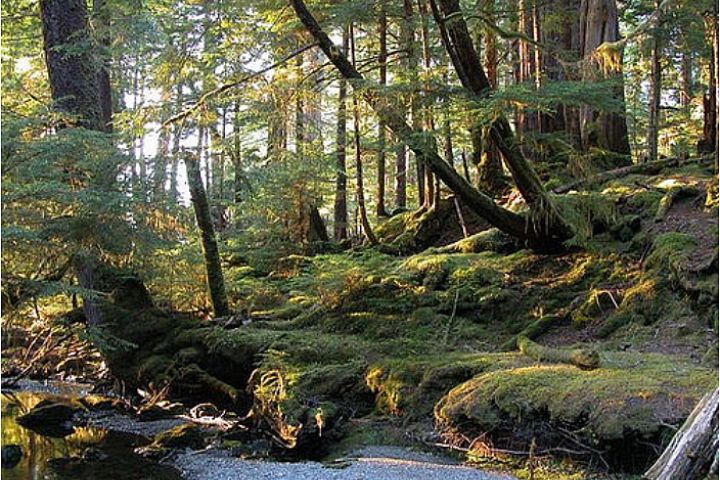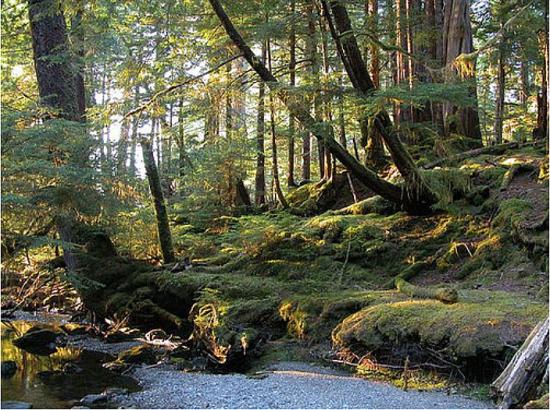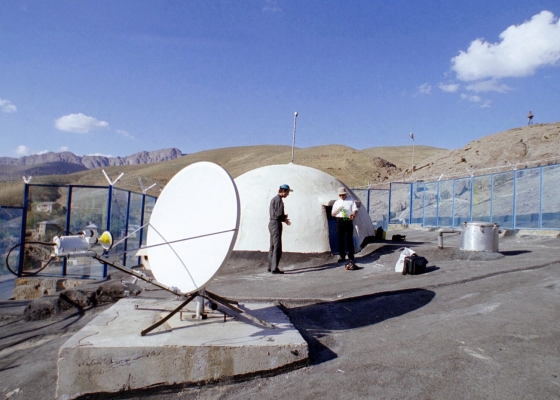HA2, Queen Charlotte Island, Canada
The archipelago lies off the northwest coast of British Columbia, Canada and consists of two main islands, Graham Island in the north, Moresby Island in the south.
Queen Charlotte Island

Geography and Weather
Having escaped much of the glaciation of the last Ice Age and remained isolated from the mainland, the archipelago has developed into what some now call the ‘Galápagos of the North’, a unique biological zone with many endemic animals and plants. Its climate is moderated by the Kuroshio Current and features considerable precipitation and relatively mild temperatures year round.
Station Location
HA02 covers large parts of the northern Pacific Ocean. It consists of two sites, HA02 North and HA02 South, both located on Graham Island. The northern site is at Van Inlet and the southern site is at Dawson Inlet.
Parts of the communication system are located on a mountaintop.
Hydroacoustic stations are the most complex and expensive in construction and maintenance.
Station Profile
The station can only be reached by helicopter.
Certification, Testing and Evaluation
Final tests during the certification visit.

